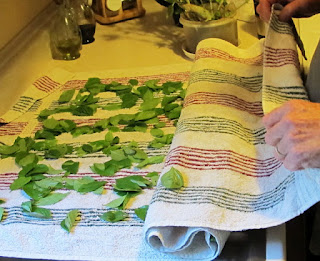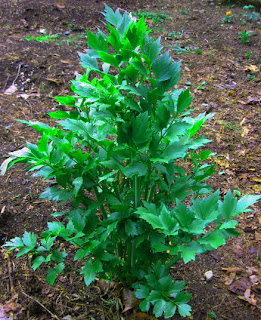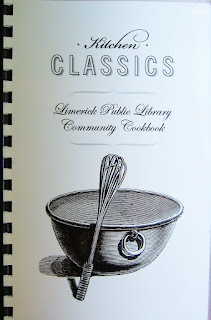In the previous post, click here, I talked about the stone wall I’ve been working on. In this post I’ll try to explain my process. It took some time to figure out how to get things to work. The challenge of dry stacking a stone wall is that, essentially, it’s gravity that holds it all together. There’s no mortar or concrete. Here’s some of what I figured out.
First, there are a few precautions regarding safety if you are considering building a stone wall. Do all lifting with bent knees, and don’t pick up rocks that you cannot safely maneuver. Learn to gauge your strength, and only do what you feel physically capable of.
Wear gloves that protect your hands. On days that stones that are wet or damp I wear rubber-coated ones. Leather works well for dry stones. Fleece-lined leather ones are needed for working in chilly weather. Gloves are to protect your hands from rough surfaces, not from falling stones.
Never set a rock or stone in place. Instead, drop them in place. As the rock is falling downward, as a precaution your hands should be moving upward. Dropping a stone often creates a loud and sharp sound, so wear ear protection.
Avoid any temptation to influence the rock's landing. After it lands, and only then, feel free to grab onto it and twist, turn, or even roll it until it settles in. If a stone or rock misses the wall, jump backward quickly. Did I say 'wear work boots?' They are a good idea and steel toes may be helpful, but it's still a good practice to never let a stone or rock land anywhere on you.
Now that you’ve got all the warning stuff, here’s my take on the actual building of a stone wall.
 |
| The largest rocks form the bottom of the wall. |
The biggest rocks go on the bottom. These are rocks that are too big to be picked up, but can be rolled. I transported some of these by rolling them across the field. Others were brought in the tractor bucket, by far the easiest way to do it.
The biggest ones are set along the property line. I line them up along the string I ran earlier to get the wall exactly straight. Running a string is really the only way to make a perfectly aligned wall. I simply tied a string onto one property marker, ran it to the next one, pulled the string tight and tied a knot. These stones should be set, if at all possible, so they end up with a flat top. It’s easier to build upward if the surface is somewhat level.
 |
| The string used to line up the rocks is at the top of the photo, and there is a row of rocks for the back, and one for the front of the wall. |
A second row of rocks is then lined up along the front of the wall. I don't use a string to mark the front. This is eyeballed and based on experience. I've learned that a certain width is too narrow to withstand the layers of stones that I want to add later. This is one reason I've pulled apart sections of wall to restack them as mentioned in the earlier post. The base of the wall must be of a width that will accommodate the layers of stones that will make up the height. The wall naturally tapers inward as layers are added.
After lining up the front stones I then fill in between them with small stones. These are called rubble. Rubble consists of all of those smaller stones that are too small to use for stacking.
After the center is filled in, the wall is ready for stacking. Everything from here on up will rely on your stacking abilities. Here are some things I've learned about this.
Each rock stacked onto the wall should be stable as it is set, or it should lean slightly inward toward the center of the wall. Rocks shaped long and narrow help to stabilize the wall if they are set to run toward the center rather than lengthwise. Sections can be done by fitting smaller stones together and then capping them with a large flat one.
I often scrounge for pebbles and small stones to fill cracks and gaps on the top of the wall. I rarely chink stones into the sides of a wall- they tend to fall out and are not needed for the structure of it.
 |
| Looking downward: stones are fitted together to create a layer. Note the narrow stones that are set to run toward the center. |
The very top of the wall is best finished with large, flat stones covering as many openings as possible. Squirrels will shuck pine cones on your wall, and leaves will fall on it, and this stuff turns into woodland compost and eventually trees will begin to grow out of the top of your wall. Because of this I try to seal it as well as possible.
An important thing to forget about when building a rock wall is time. Never mind the amount of time it takes and just get out there and move rocks when the weather and bugs allow. It’s finished when it is. -jmm


















